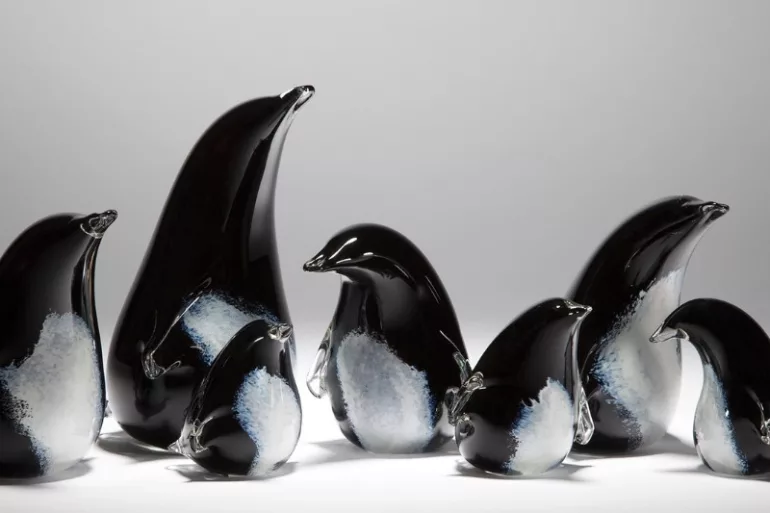The last of the workshop participants waves as she leaves the back door of the bluestone Baldessin Studio and Tess Edwards Baldessin says to her in farewell: “Thanks for coming. Stay inspired!”
It’s what Tess and the team at Baldessin have been doing for the last 21 years, inspiring people to connect with their creativity, or to take the next step in their artistic career.
Baldessin Studio sits on 13 acres in St Andrews and is a unique institution where well established artists work alongside beginning printmakers, and there is a unique story behind its establishment.
Tess moved to the secluded bush block in 1970 as a young woman, with her partner George Baldessin. George was a rising star of the art world, a teacher, sculptor and printmaker who had set up a dynamic studio in Collins Street in what is now the Rialto building, and in a sense that’s where Baldessin Studio begins.
“This place takes its inspiration from George,” Tess says, “He ran an ‘atelier’ type studio when he was alive, it was a gathering place for students, artists, everyone came together, he employed students as assistants, he did printmaking for other artists, it was one of the first places that took printmaking seriously, it was the centre of a community.”
When Tess and George moved to St Andrews they thought they would create a life and a family there as well as a space for their creative practice.

Photos by Silvi Glattauer.
“We moved here because there were a lot of artists living in the area and we found out about the place through one of our friends. It was a deceased estate and we were able to afford it. It was just bush and a shack. But that was what happened in those days; artists didn’t have much money and we helped each other build houses and studios,” Tess recalls.
The building that now houses the busy access and editioning studio was built by George and Tess with the contribution of many friends on working bee weekends. Some of those people still maintain a connection to the studio. Rob Hails, who came to help with his brothers as a young Eltham High School student, today still runs workshops at the studio and sits on its committee of management. This says something about the depth of history that underpins the work of the studio.
But everything was not to turn out as Tess and George imagined in those early years. Eight years after moving to St Andrews Tess was a widow with two children under three living in an unfinished house. Baldessin had been killed in a car crash on a rainy winter night driving back from Melbourne.
“It was the community of artists, who had loved George, that helped me survive. There were fundraisers, there were working bees to finish the house, there was a lot of support and generosity,” Tess says.
Generosity remains at the heart of the Baldessin enterprise. It is a not-for-profit organisation and runs largely off the labour of volunteers.
After George died Tess moved to France, where she lived and worked as an artist for 20 years, but in 2000 she felt called to return to St Andrews to create something that continued the spirit of her dead husband.
Twenty one years later Baldessin Press and Studio is now a vibrant arts organisation that attracts artists, students and partners from across Australia and around the world. It runs workshops, works with artists to help them realise their ideas, and provides a space for others to experiment and produce their own work.

One of the key collaborators who helped Tess realise her vision for Baldessin Studio is artist and educator Silvi Glattauer, who has worked alongside her as studio manager from the beginning. While George Baldessin was instrumental in the popularisation and development of traditional studio printmaking techniques in Australia, Silvi has been at the forefront of hybrid techniques that bring digital technologies into connection with the hands-on tradition of press and ink. She is known internationally for her work in photogravure, a photographic printing technique pioneered by early photographers. With the advantage of inkjet print technology and new types of polymer plates, Silvi produces hand pressed prints with the lustre and depth of those early works without the toxic chemical workflow.
As well as these hybrid digital techniques Baldessin Studio runs a roster of traditional printmaking workshops and has visiting artists who use everything from hand cut woodblocks and acid etched copper, to scans of dead birds laid out on the flat bed scanner.
“George would be proud of what we have done,” Tess says. “He was always one for pushing the boundaries, and if he was still alive, he would be experimenting with whatever was possible now. So it’s great we have turned his studio into such a place of creative experimentation.”
For details on workshops and other events at Baldessin Studio follow them on Instagram or check out their website: baldessinpress.com.au






